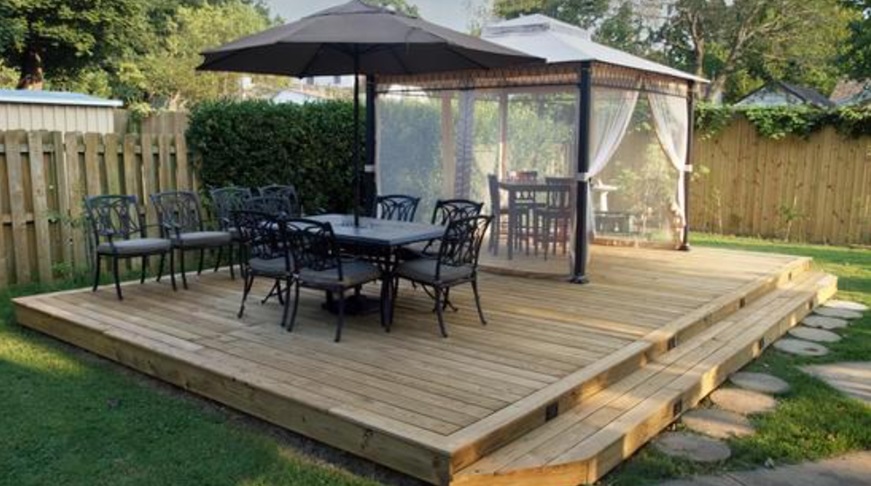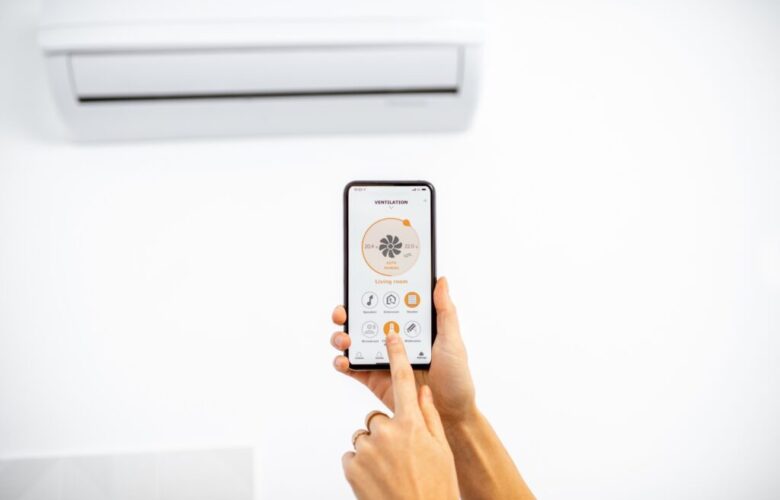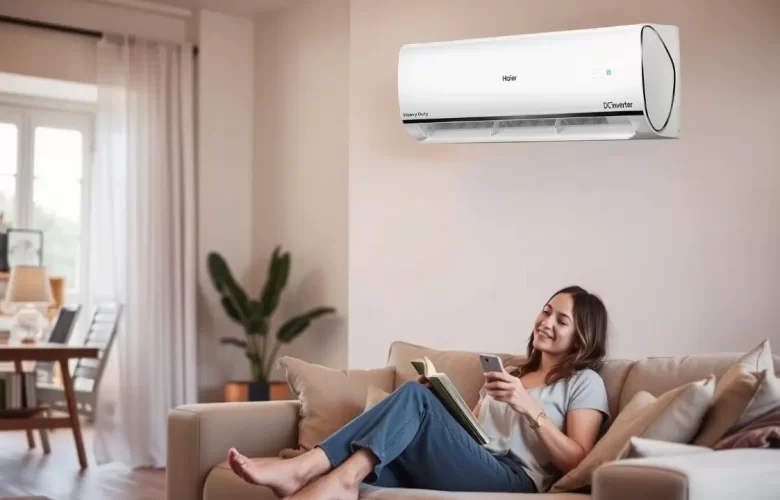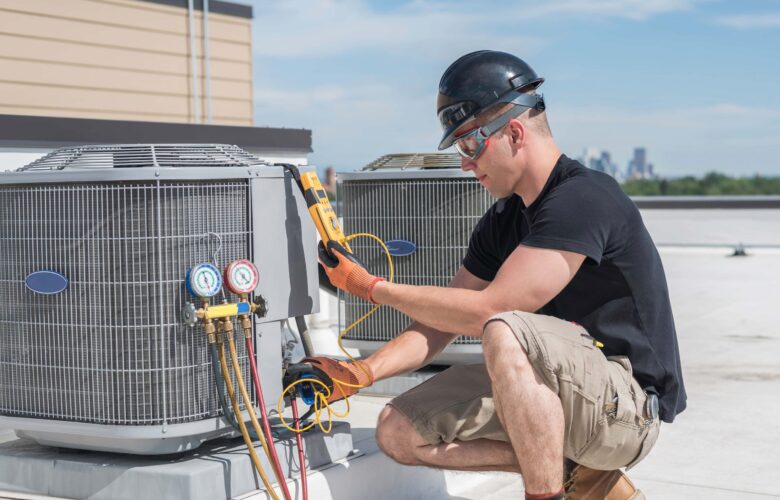In recent years, outdoor living spaces have become increasingly popular, with homeowners in Atlanta seeking ways to extend their living areas beyond the confines of their homes. Among these outdoor amenities, cabanas in Atlanta have emerged as a trendy and practical solution for creating comfortable, versatile spaces in backyards and poolside areas. These structures not only provide shelter from the elements but also add a touch of luxury and style to outdoor environments.
The Evolution of Cabanas
Historically, cabanas were simple beach or poolside changing rooms. Today, they have evolved into multi-functional structures that serve as relaxation spots, entertainment areas, and even home offices. In Atlanta’s warm climate, cabanas offer a perfect blend of indoor comfort and outdoor ambiance.
Defining Modern Cabanas
Modern cabanas are freestanding or attached structures designed to enhance outdoor living spaces. They typically feature:
- Roofing for protection from sun and rain
- Open or partially enclosed sides for ventilation
- Comfortable seating arrangements
- Optional amenities like mini-fridges, bars, or entertainment systems
Benefits of Cabanas in Atlanta’s Climate
Atlanta’s subtropical climate, characterized by hot summers and mild winters, makes cabanas particularly appealing. They offer several advantages:
1. Heat Relief
Cabanas provide much-needed shade during Atlanta’s scorching summer months, allowing homeowners to enjoy their outdoor spaces without the discomfort of direct sunlight.
2. Extended Outdoor Season
With proper heating options, cabanas can be used year-round, even during Atlanta’s cooler months, effectively extending the outdoor living season.
3. Increased Property Value
Well-designed cabanas can significantly enhance the aesthetic appeal and functionality of a property, potentially increasing its market value.
Design Considerations for Atlanta Cabanas
When planning a cabana for an Atlanta home, several factors should be considered:
Climate-Appropriate Materials
Choosing materials that can withstand Atlanta’s humidity and occasional severe weather is crucial. Open-air cabanas made from weather-resistant materials like treated wood, metal, or high-quality synthetic materials are ideal choices.
Ventilation and Cooling
Incorporating features like ceiling fans or misting systems can enhance comfort during hot summer days.
Versatility
Designing a cabana with flexibility in mind allows for various uses, from casual lounging to formal entertaining.
Also Read: How Durable Are Open-Air Cabanas?
Maintenance and Care
To ensure longevity and preserve the appearance of cabanas, regular maintenance is essential. This includes:
- Regular cleaning to prevent mold and mildew growth
- Inspecting for and repairing any weather-related damage
- Resealing or repainting wooden structures as needed
For more detailed information on cabana maintenance, homeowners can refer to guides on how to maintain and care for their cabana year-round.
The Future of Outdoor Living in Atlanta
As the trend towards outdoor living continues to grow, we can expect to see further innovations in cabana design and functionality. Some emerging trends include:
- Smart cabanas with integrated technology for climate control and entertainment
- Eco-friendly designs incorporating sustainable materials and solar power
- Modular cabanas that can be easily customized or expanded
Conclusion
Cabanas have become an integral part of outdoor living in Atlanta, offering homeowners a perfect balance of comfort, style, and functionality. As more people recognize the value of creating inviting outdoor spaces, cabanas will likely continue to evolve, providing even more innovative solutions for enhancing outdoor comfort and enjoyment. Whether used as a poolside retreat, a backyard oasis, or an outdoor entertainment hub, cabanas are proving to be a worthy investment for Atlanta homeowners looking to make the most of their outdoor living areas.




